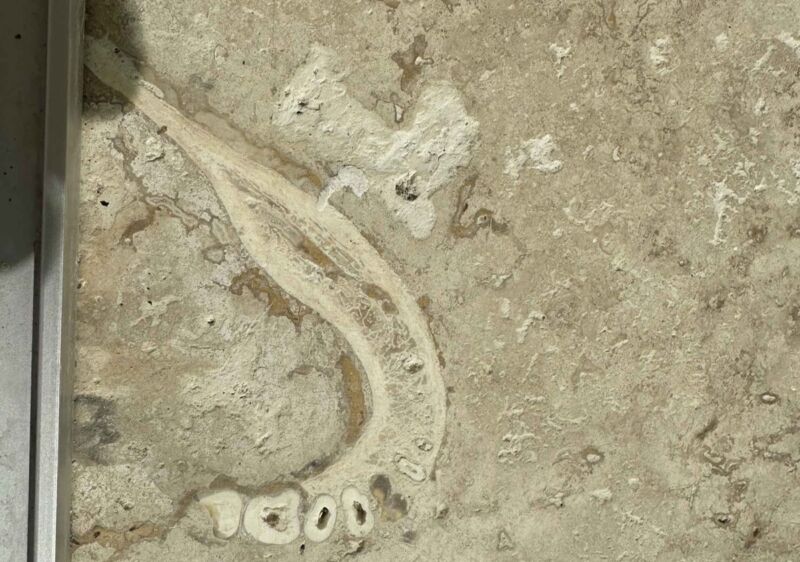
Enlarge / The Tesla Cybertruck. (credit: Tesla)
On Monday, we learned that Tesla had suspended customer deliveries of its stainless steel-clad electric pickup truck. Now, the automaker has issued a recall for all the Cybertrucks in customer hands—nearly 4,000 of them—in order to fix a problem with the accelerator pedal. It has come at an inconvenient time for Tesla, which is laying off more than 10 percent of its workforce due to shrinking sales even as CEO Elon Musk asks for an extra $55.8 billion in compensation.
The problem, which affects all 3,878 Cybertrucks delivered so far, has to do with the EV's accelerator pedal. Tesla has fitted this with a metal-finish cover to match the brushed metal appearance of the truck itself—no word on whether the pedals rust, too—but it says that at some point, "an unapproved change introduced lubricant (soap) to aid in the component assembly of the pad onto the accelerator pedal. Residual lubricant reduced the retention of the pad to the pedal."
Thanks to the profile of the Cybertruck's under dash, if the pedal cover becomes partially detached it can slide up and become trapped in place, wedging the pedal down and unleashing all of the Cybertruck's substantial power—the dual-motor truck boasts 600 hp (447 kW) and can reach 60 mph (98 km/h) in just over four seconds.




